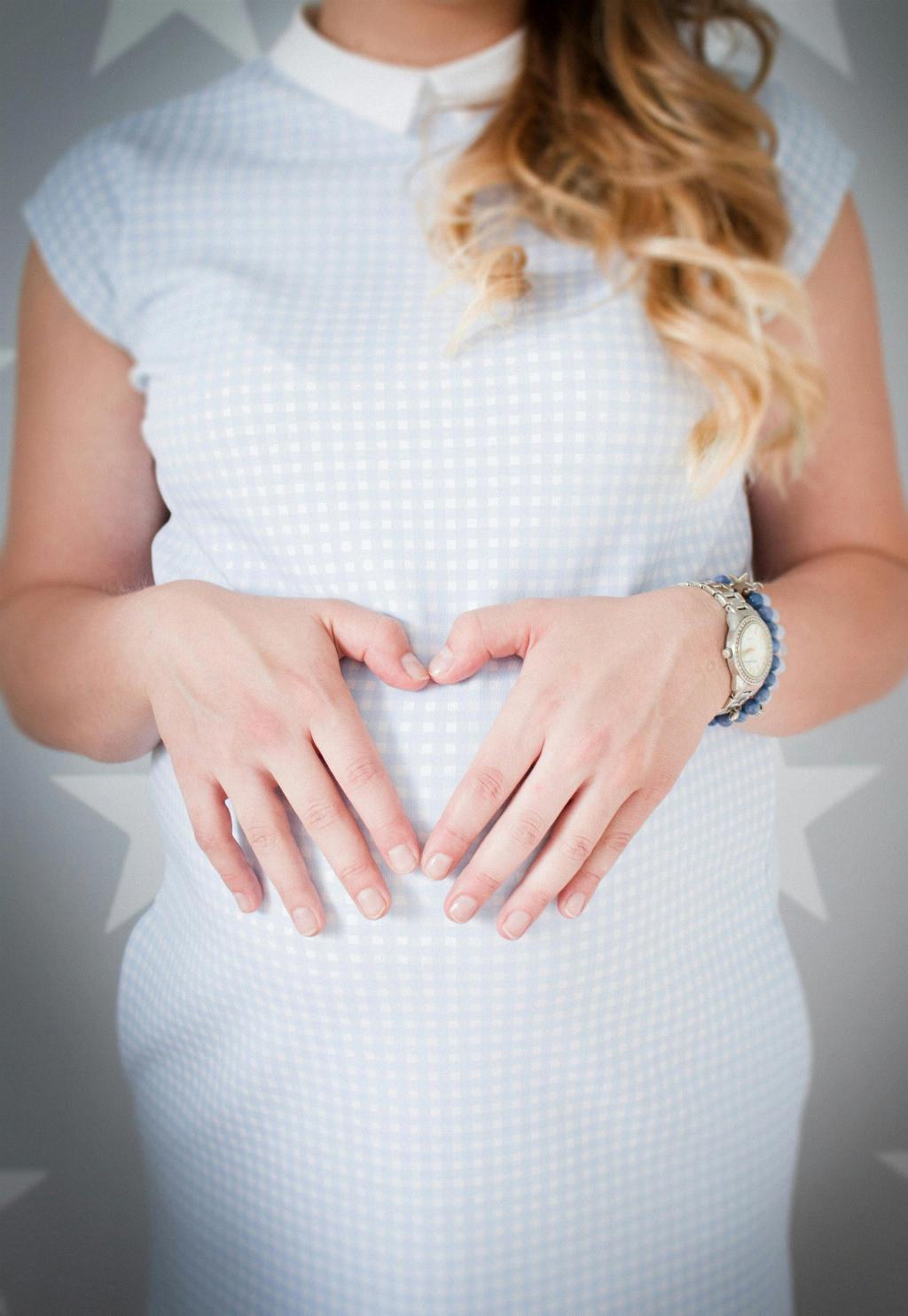Before diving into how labor pain starts, it’s crucial to comprehend the mechanisms at play during childbirth. Labor pain is an integral part of the birthing process, signaling the onset of labor and the progression towards delivery.
Contractions and Uterine Muscles: The Culprit
Labor pain initiates with contractions of the uterine muscles. These contractions are the body’s way of preparing for childbirth, gradually opening the cervix to allow the baby to pass through the birth canal.
Pressure on the Cervix: Adding to the Discomfort
In addition to muscle contractions, labor pain is exacerbated by the pressure on the cervix. As the baby moves further down the birth canal, the cervix dilates, causing intense pressure that contributes to the overall sensation of discomfort.
Cramping and Aching: Common Sensations
Women often describe labor pain as strong cramping in the abdomen, groin, and back. This sensation is akin to severe menstrual cramps but on a much more intense level, reflecting the powerful nature of uterine contractions during labor.
Variations in Pain Perception: Individual Experiences
While cramping is a prevalent aspect of labor pain, the experience can vary greatly among women. Some may also feel an achy sensation throughout their body, radiating from the uterus and manifesting in different areas such as the sides or thighs.
Back Labor: A Distinctive Experience
For some women, labor pain presents primarily as intense pressure and discomfort in the back rather than the abdomen. This phenomenon, known as back labor, occurs when the baby’s position puts additional strain on the mother’s back during contractions.
Emotional and Psychological Factors: Influencing Pain Perception
It’s essential to recognize the emotional and psychological components that can impact a woman’s experience of labor pain. Fear, anxiety, and stress can heighten pain perception, making the sensations more intense and difficult to manage.
Managing Labor Pain: Coping Mechanisms
Throughout labor, women are encouraged to explore various coping mechanisms to alleviate discomfort. Techniques such as breathing exercises, relaxation techniques, movement, massage, and the use of pain relief options like epidurals can help mitigate the intensity of labor pain.
Supportive Care: The Role of Birth Partners and Healthcare Providers
Support from birth partners, healthcare providers, and labor doulas plays a crucial role in helping women navigate the challenges of labor pain. Emotional support, physical assistance, and advocacy for pain management options are all integral aspects of providing comprehensive care during childbirth.
Transition Phase: Intensification of Labor Pain
As labor progresses and the mother enters the transition phase, the intensity of contractions and pain typically increases. This phase signifies the final push before the baby is born, marking a critical stage in the birthing process.
The Final Push: Culmination of Labor Pain
During the pushing stage, women experience a unique sensation that differs from the contractions of early labor. The urge to push, coupled with the stretching of the perineum as the baby descends, leads to a distinct sensation that signifies the culmination of labor pain.
Postpartum Recovery: The Journey Continues
Following childbirth, women embark on a new phase of their journey: postpartum recovery. While labor pain subsides after delivery, the body undergoes healing and adjustment processes as it transitions to the post-birth period, marking the beginning of a new chapter in the mother’s life.

